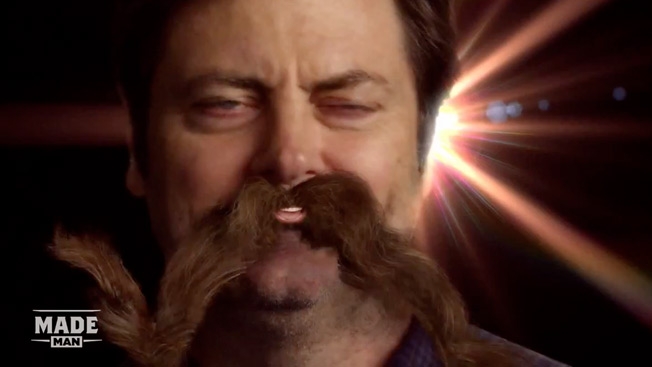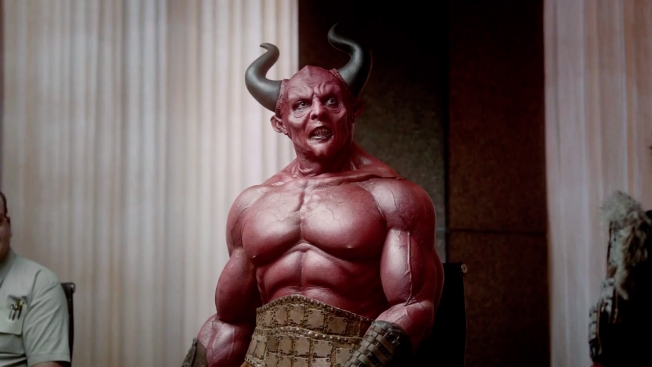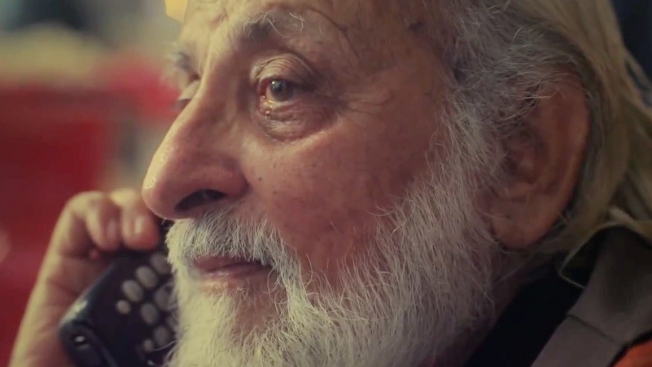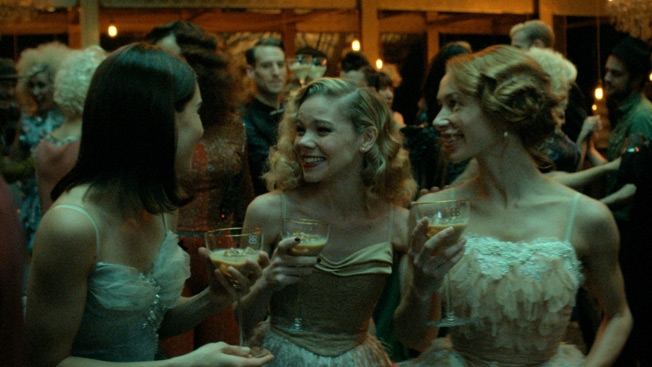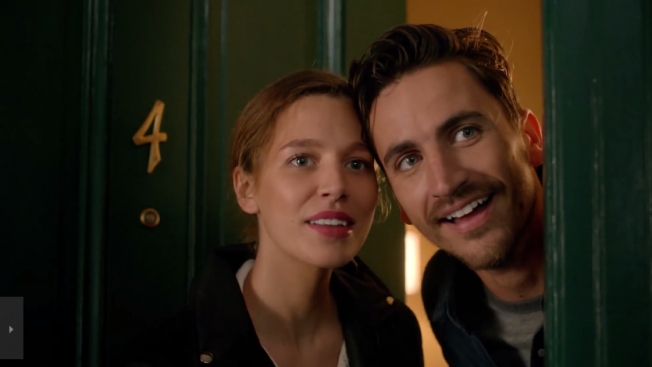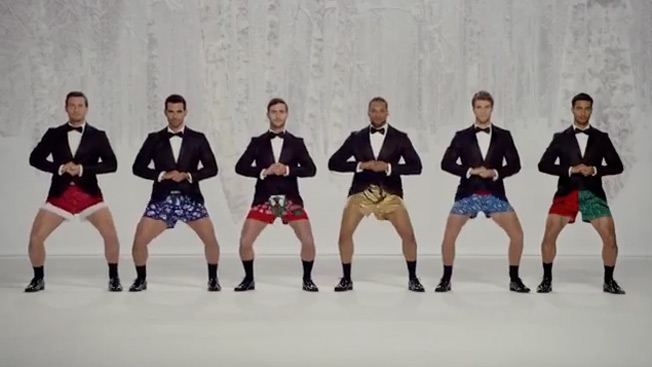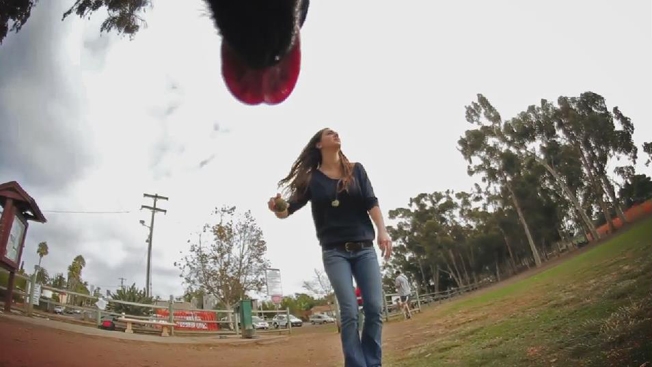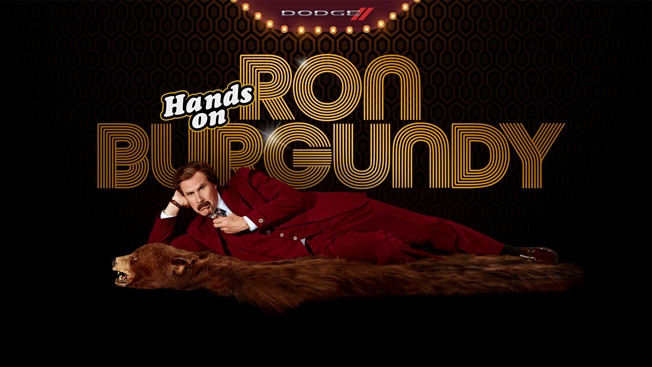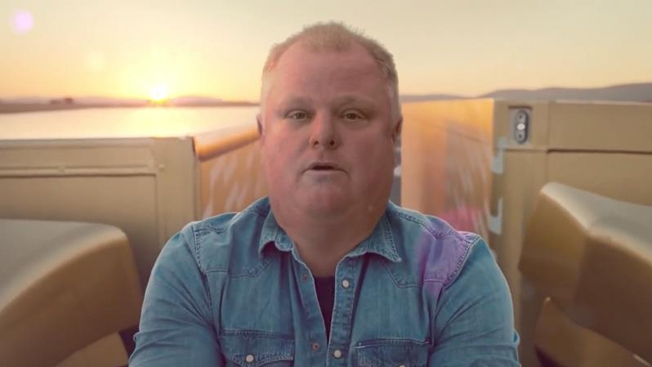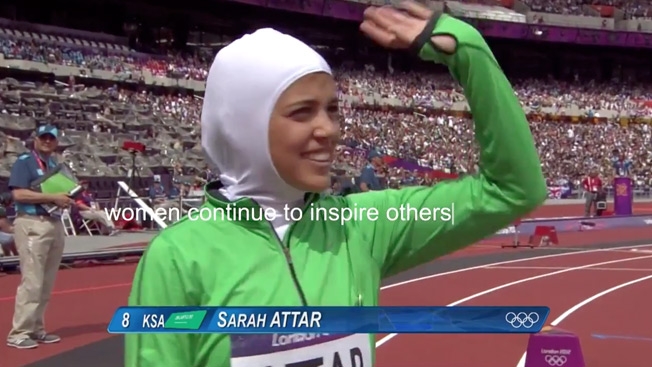![]()
In 2011, as Fiat struggled to reestablish itself in America after a near three-decade absence from the market, the Italian auto brand didn’t have to call some guy named “Tony” to pop the hood. Olivier François was available for—and as it has turned out, quite up to—the job.
You may recall the old joke that Fiat was an acronym for “Fix it again, Tony”—meant to underscore the brand’s perceived lack of quality and penchant for rusting. Fiat, in fact, suffered a disastrous run of about 10 years in the U.S., in which annual sales went from about 100,000 vehicles in the mid-’70s to some 15,000 by the time it up and left in 1984.
While the company still faces a long road before its comeback can safely be deemed a success, industry experts credit François—who joined the automaker in 2005 and, since 2011, has served as worldwide Fiat brand CEO and CMO of Chrysler Group and Fiat Group—with getting its U.S. marketing effort headed in the right direction. “America is not the core of our sales but a very interesting field of experimentation for the brand,” says the marketing chief.
The fact that Fiat, in its current incarnation, is still a newcomer here rather than the established brand it is in Europe allows François and his team to try new things without the intense pressure that comes with being a market leader. “You need to be hungry for sales but not at any cost,” he says. “Growth is one thing, but the quality of the growth is something else. We have to protect the brand.”
After Fiat pulled out, the brand was largely forgotten in the U.S., though it remained popular in many foreign markets, including Latin America and Europe. (At home in Italy, Fiat’s standing is comparable to that of Ford in the U.S., while Brazil is also a stronghold.) By March 2011, Fiat and Chrysler were closely aligned (Fiat owns 58.5 percent of Chrysler and exercises operational control). Seeking to enter a potentially lucrative market as Europe’s economy sagged, Fiat returned to U.S. soil with the small-frame Fiat 500 city car, sporting a base sticker price of $15,500.
Industry watchers predicted Fiat would face a steep climb. “It’s tough to reintroduce a brand once it has failed in the U.S.,” notes George Peterson, president of the consulting firm AutoPacific, owing to “lots of old baggage left in the memories of consumers. Plus, they wonder if they can trust the brand to stick around for the long haul. Confidence is a big part of the buying decision. ‘Fix it again, Tony’ is still remembered.”
The comeback was quickly stalled by several challenges: an anemic U.S. economy; the fact that Fiat debuted with a single subcompact model in a market where size impresses consumers; and a failure to get dealers on board. “Fiat’s pitch to dealers was weak in the beginning,” says Peterson, resulting in just 30 domestic dealerships at launch. “Insisting on separate showrooms made adding a Fiat franchise to a Chrysler store an expensive proposition. They later weakened those requirements.”
The Long Road
Having a solid advertising program in place might have helped compensate for such deficiencies, but Fiat’s initial efforts to promote its comeback generated little buzz. In retrospect, the brand excelled at peripheral marketing programs while ignoring the bigger brand-building picture.
A big part of Fiat USA’s strategy was targeting younger consumers via social media. The brand had a strong presence on Twitter and Facebook right from the start. Fiat also released an iPad app early on, as well as a music video featuring a rocked-up version of Vivaldi. The brand even got experiential, unveiling pop-up drive-ins around the country where it would screen original versions of films that had since been remade (a nod to the fact that its return to the U.S. was itself a “remake”).
But many in the auto industry, including Fiat’s own dealers, lamented the lack of a broad-based marketing strategy with a strong TV component. Social outreach and experimental efforts were all well and good but failed to make an impact. Few prospective buyers even knew the brand was back. Sergio Marchionne, CEO of Fiat S.p.A. and chairman and CEO of Chrysler Group, summed up the launch in January 2012 by telling Automotive News: “It was a poorly executed plan.”
Fiat’s national TV spot, from Detroit agency Impatto, didn’t break until five months after the models were available. Drenched in nostalgia, with Elvis’ “Jailhouse Rock” as the soundtrack, the drive-in-themed clip showed a 1957 Fiat 500 morphing into a new model. A voiceover informed viewers: “Another icon has arrived, and ready to prove once again it’s the simple things in life that have the biggest impact.” Reactions were mixed. Adweek’s Tim Nudd judged the message “a little overwritten,” but noted, “The tagline, ‘Simply more,’ positions the model as a deceptively diminutive vehicle that hits well above its weight.”
Chris Cedergren, president of consumer insight firm Iceology, is far less charitable. “That first ad was horrible,” he says. “It wasn’t what Fiat was all about.”
Soul of the Machine
Quickly finding the “soul” of Fiat and distilling its essence in advertising that would connect with American audiences became paramount—before the comeback effort drove into a ditch. There were changes in the driver’s seat. Laura Soave, who initially oversaw Fiat’s return, left in late 2011, replaced by Tim Kuniskis (who moved to Chrysler’s Dodge brand in April 2013, succeeded at Fiat by Jason Stoicevich). The keys to the brand were handed to Paris-born Olivier François—already an important executive on Chrysler, Fiat and Lancia—who has set the tone and style of Fiat’s U.S. marketing ever since.
Insiders describe François as wickedly smart, passionate about cars and unafraid to make quick decisions based on his gut. “He has the confidence to make splashy, attention-getting changes, kind of an innate understanding of how to cleverly generate consideration,” says Peterson, who adds that François likely “salvaged” Fiat’s U.S. launch from complete disaster. (A belated but concerted effort to add dealerships also helped get sales rolling.)
“We have a small car selling in a niche segment, so we can’t pitch it here the way we pitch a mainstream brand in Europe,” François explains. “We cannot pitch it as a car you need, but as a car you want. It’s not a commodity, not mainstream. It’s a great design. It is cool. The language is youth, fun, trendy.”
Comfy nostalgia and nods to Fiat being a “remake” were jettisoned in favor of big-name stars and mildly risqué concepts that would generate earned media attention beyond their paid placements. François put über-diva Jennifer Lopez and Hollywood bad boy Charlie Sheen behind the wheel in separate efforts crafted by ad agency Doner.
Some scoffed at J.Lo tooling around her old Bronx neighborhood in a 500 Cabrio convertible that probably cost less than her earrings, but that advertising—the first under François—got big play in late 2011 and catapulted the Fiat name into the public consciousness. (Brand awareness jumped from 9 percent to 45 percent after the ad’s launch.) And the sight of Sheen screeching around his mansion in a high-performance 500 Abarth—cheekily telling Romanian model Catrinel Menghia, “I love being under house arrest!”—was a perfect pop-culture fit in early 2012.
Style on Wheels
“We looked at it as style on wheels,” explains Rob Strasberg, co-CEO and creative chief at Doner. “You’ve got icons playing with icons,” he adds—the cars were made “cool” and “fun” by association with larger-than-life celebrities.
Brand expert Cedergren believes this creative route was best for Fiat. “The car business is the fashion business,” he says. “The only difference between a car company and Giorgio Armani is that Armani uses fabric, and cars use glass and metal.” Car advertising based solely on specs like gas mileage and safety features can fall flat, he adds, “and the last thing you want to do is sell a commodity. We’re selling sex. We’re selling passion. Make people lust after the product.”
Cue Menghia, who returned for two more commercials designed to overheat radiators. “Seduction,” aired during the 2012 Super Bowl, cast the model as the sultry, latte-foam-dripping personification of an Abarth in an average worker dude’s midday daydream. Some slammed it as sexist, while others echoed Adrants blogger Steve Hall, who wrote, “It’s just a true statement of fact. … Men are perplexed, dumbfounded and all-out distracted when in the presence of a hot woman, or a hot car.” (François has proven quite the player in the year’s biggest sports event, throwing Super Bowl touchdowns for Chrysler in ’11 with Eminem’s “Imported From Detroit” ad and with Clint Eastwood’s “Halftime in America” spot a year later. Adweek named François its Grand Brand Genius for 2012.)
For the follow-up, “Topless,” Menghia was shown catching rays at the beach as a scorpion snipped off her bikini strap with its pincers. “It’s like the ad was created by two seventh-grade boys in the bathroom between classes,” says Hall. Any controversy was short-lived and the ad, once again, generated social shares and plenty of publicity. David Canright, copywriter and cd at The Richards Group, which did the Menghia spots, describes them as “very sexy and playfully wicked,” aligned with the brand’s Italian sense of fun.
The brand’s ethnic origins played into subsequent ads. Richards literally cast the vehicles as “Immigrants” in a mid-2012 spot that had Fiats driving underwater from Italy to New York. Doner’s “Italian Invasion” spot from this summer, touting the 2014 Fiat 500L—a five-door mini MPV and major U.S. line extension—went one further, showing Colonial America overrun not by British garrisons but by groovy Italians in red Fiats. (The incursion was marked by ample cleavage, shapely legs and steaming cups of espresso.)
The knock on François’ efforts is that they offer a scattershot array of imagery devoid of recurring spokespeople or taglines. He counters that the ads “all speak the same language. They’re all connected to each other. They speak about being Italian, about being different.”
While the strategy has translated well for the brand, it remains far too soon to call Fiat’s American reinvasion triumphant, or complete. The U.S. market contributed a sliver of the company’s global vehicle sales, which topped 4 million last year. Though Fiat had hoped to sell 50,000 cars annually in North America, it sold slightly less than 20,000 in the U.S. in 2011, growing to 43,772 in 2012 and 36,416 through October of this year. (By comparison, BMW’s Mini—a small car like Fiat, and also one noted for its quirky advertising—sold 24,590 vehicles with its 2002 U.S. debut and 36,010 its second year in the market.)
“Fiat remains a work in progress,” offers analyst Peterson. “The product line is fleshed out but still needs one or two more entries to make the brand fully competitive. … Check back in two years when and if they have received the Alfa Romeo franchise to see if Fiat dealers are smiling or not.”
No smiles yet. Automotive News reports that only about 45 percent of the 210 Fiat dealers in the U.S. are profitable. Meaning that even though François’ tactics may have kept the wheels from falling off, Fiat still hasn’t turned the corner.
